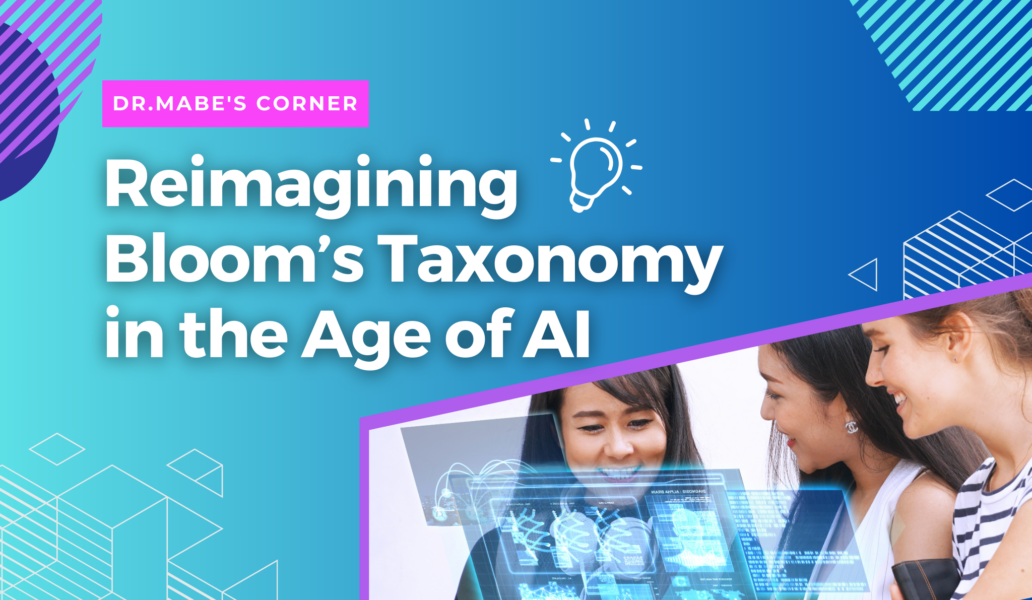
I earned my degree in science, not education, so I discovered Bloom’s Taxonomy a few years into my longer than I’d like to admit teaching career. For those unfamiliar, Bloom’s Taxonomy structures thinking skills from basic remembering to complex creating. The goal of using it is to help craft lessons and assessments that promote higher-level thinking skills.
Bloom’s taxonomy evolves with educational research. The 1956 version ranked cognitive skills as: Evaluation, synthesis, analysis, application, comprehension, and knowledge. In 2001, researchers modernized it to: create, evaluate, analyze, apply, understand, and remember. Now, post-generatived AI, it is time to revamp Bloom’s Taxonomy again.
One suggestion is to determine which of the lower level tasks can be outsourced to AI. Instead of changing the words. The goal is to invert the shape of the pyramid, so that students are doing more creating and analyzing because now knowledge is so easily accessible.
For example, in a literature class, students could use AI to quickly look up plot summaries, character names, and basic facts about “The Great Gatsby,” freeing up class time for creating original analyses of the American Dream theme or evaluating Fitzgerald’s symbolism. This shifts focus from memorization to higher-order thinking.
However, what about the fact that generative AI can do so much of the creating now? Another suggestion is to start out inverting the words on the pyramid, not the shape. So, students are actually using AI to create something to help them understand the concepts better. Once they gain the content knowledge necessary, we can flip the pyramid back to the way it is supposed to be and now the students are ready to create something on their own without the assistance of AI.
For example, in a history class studying the Industrial Revolution, students could use AI to create a series of diary entries from different perspectives, such as a factory worker, factory owner, and inventor. By coming up with these narratives, students must research and understand several things, such as living conditions, economic factors, and technological innovations. After mastering these concepts through creative writing, they can advance to independent historical analysis and argument formation.
Which revision makes the most sense to you? How will you change how you design your lessons? We’d love to hear in the comments!




